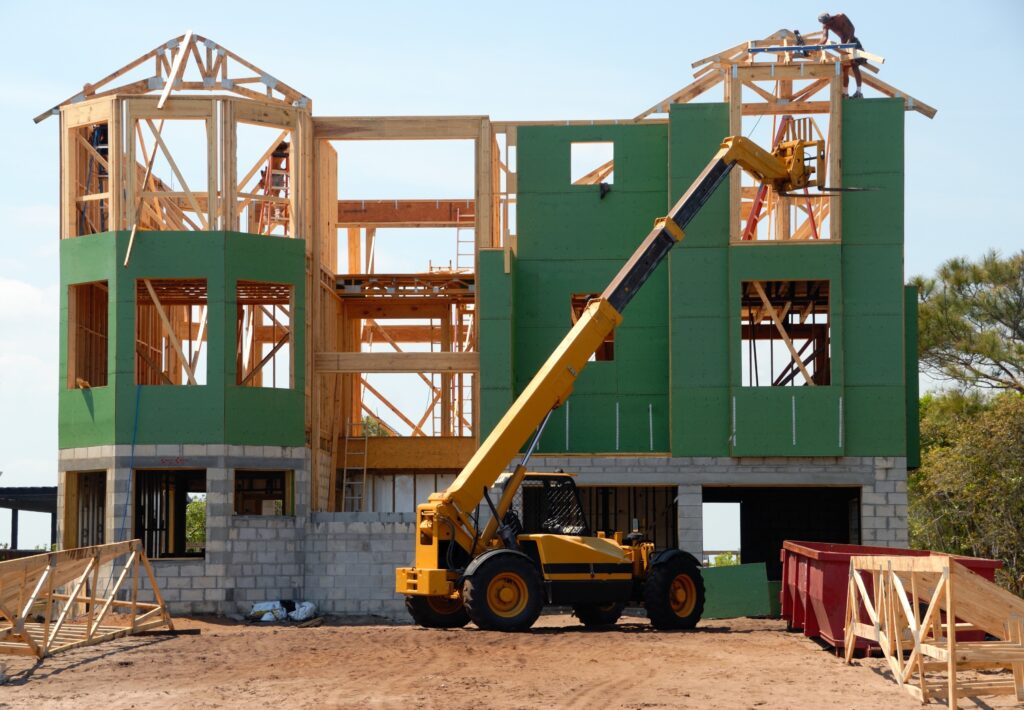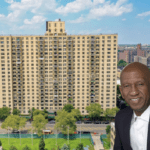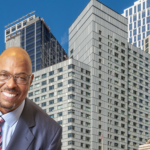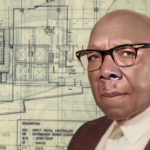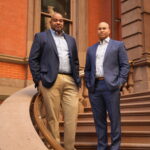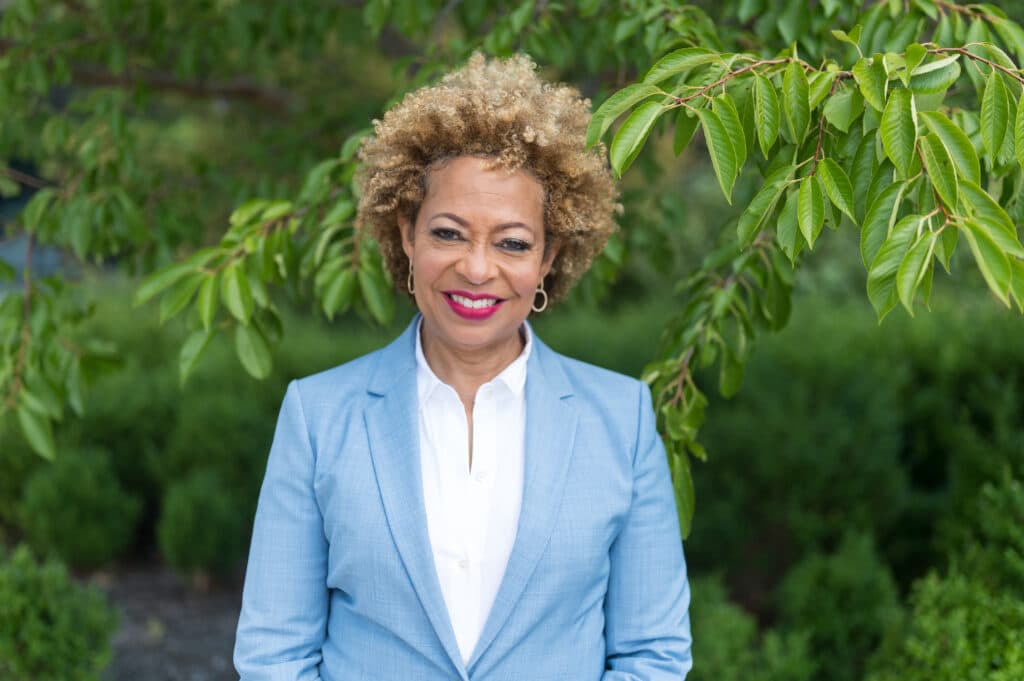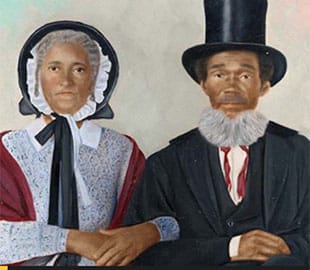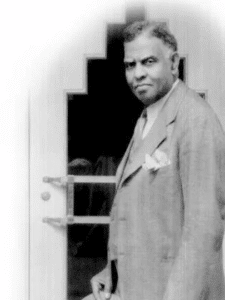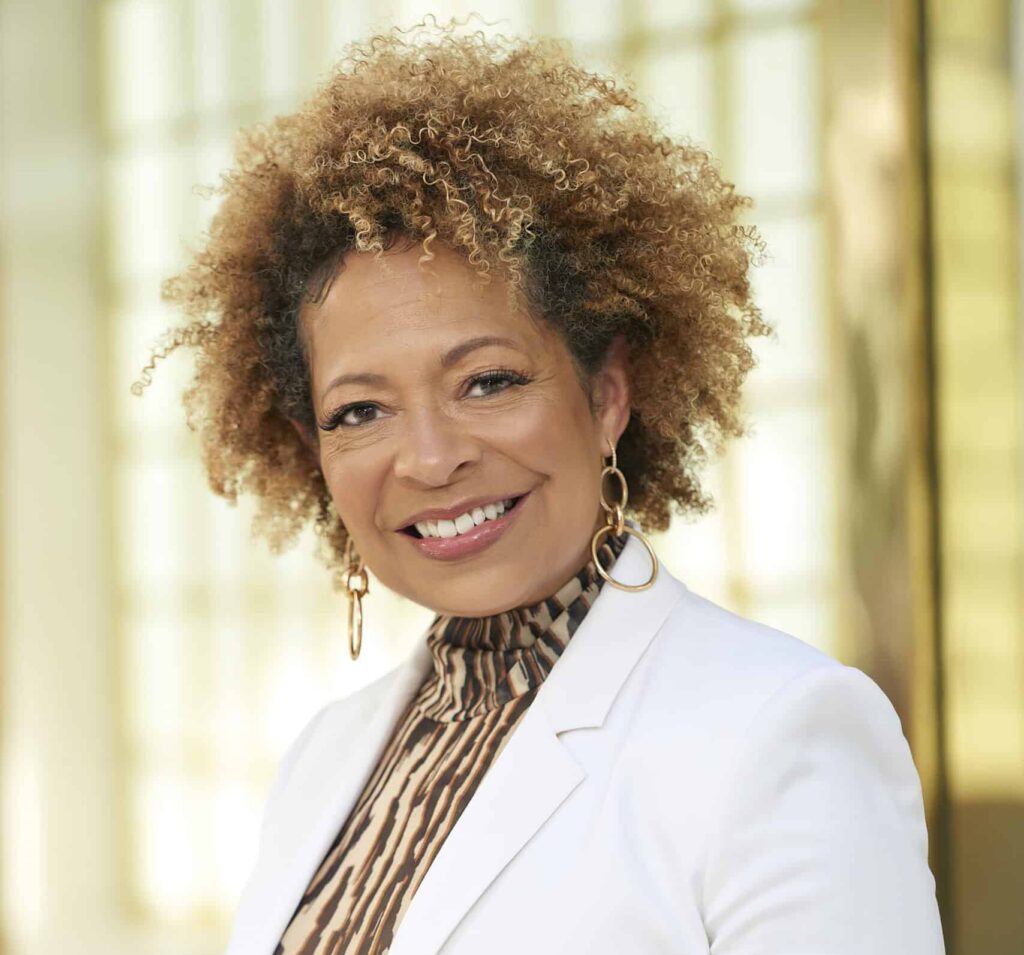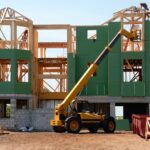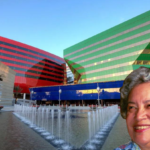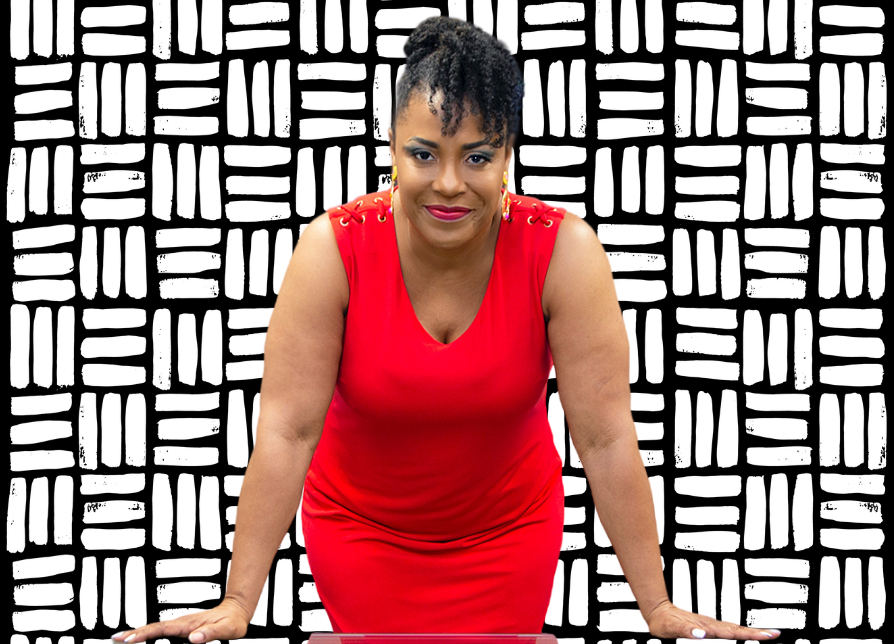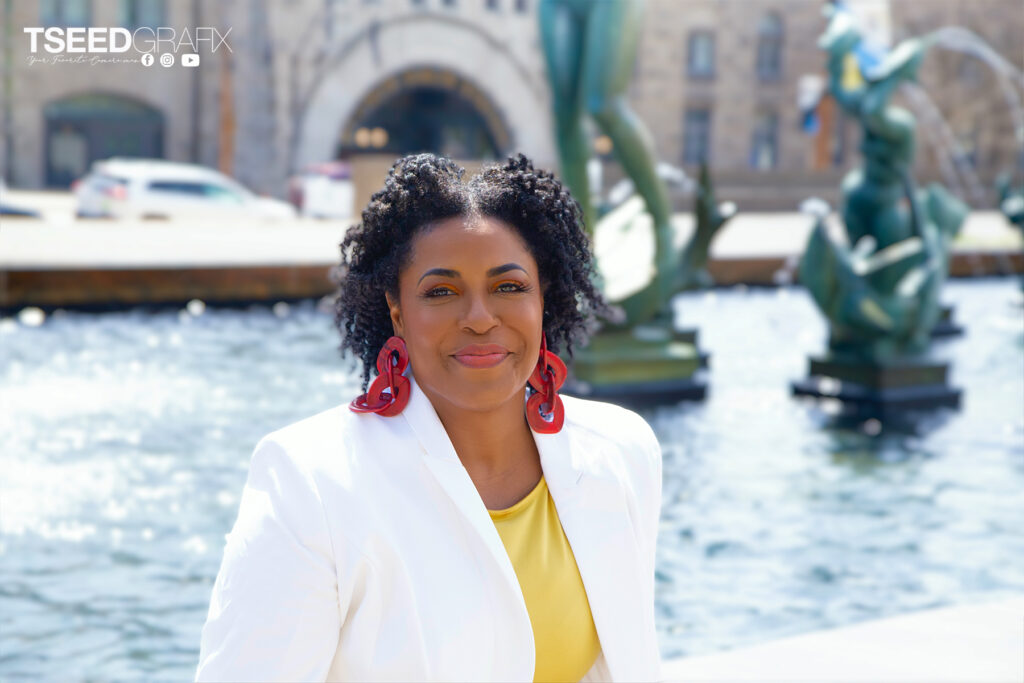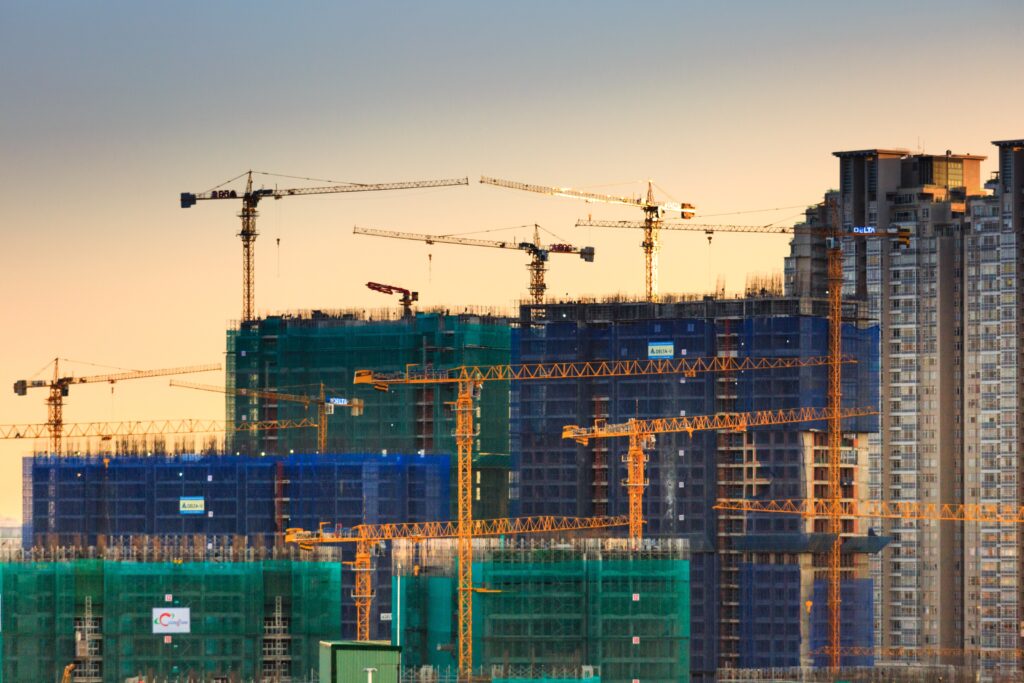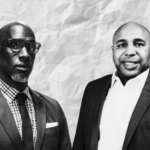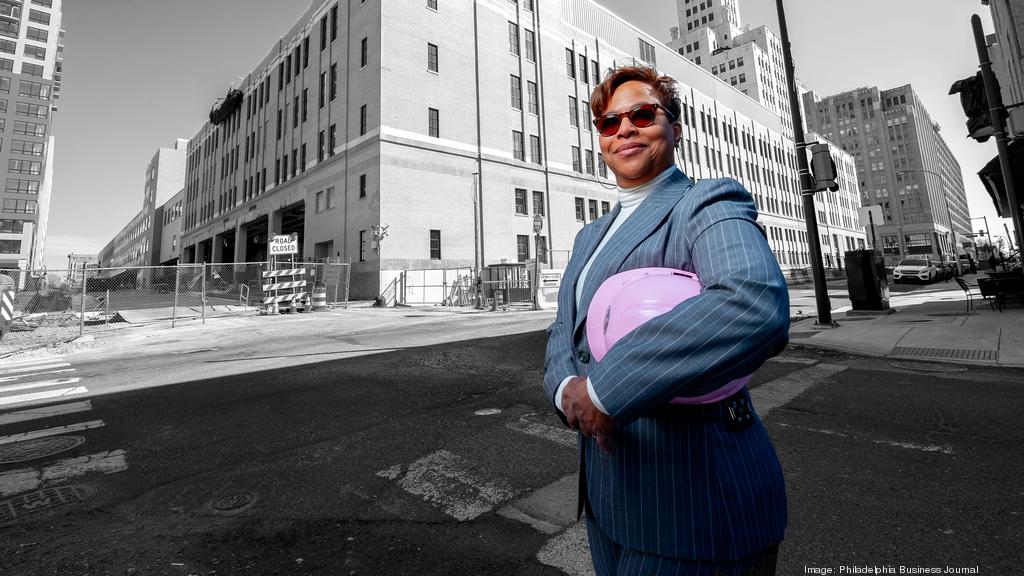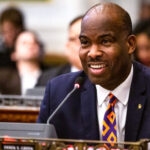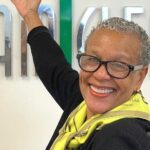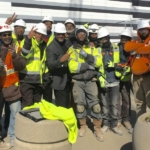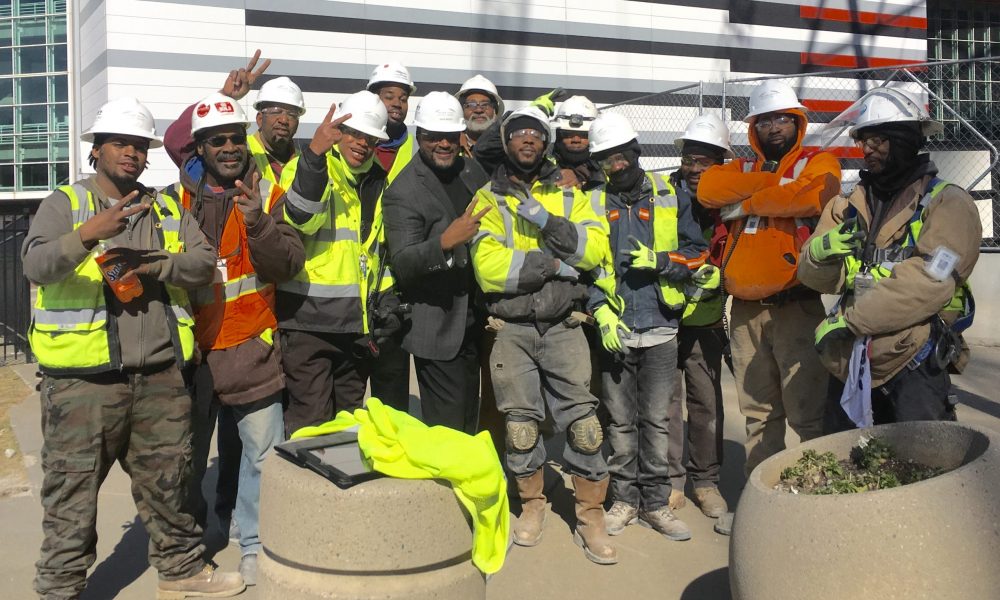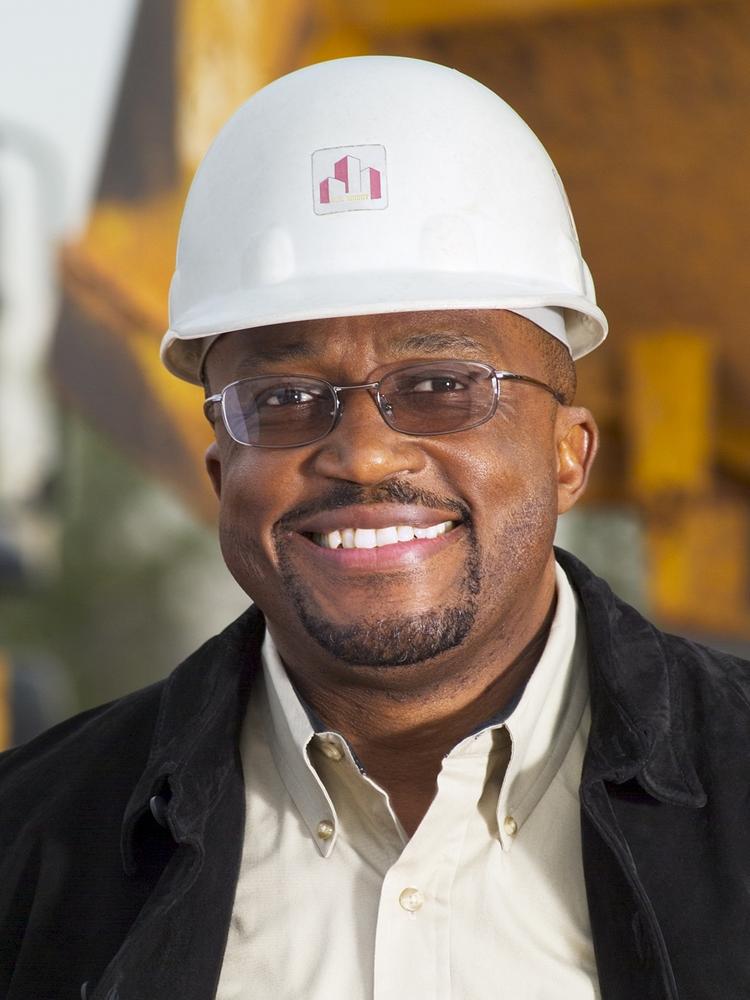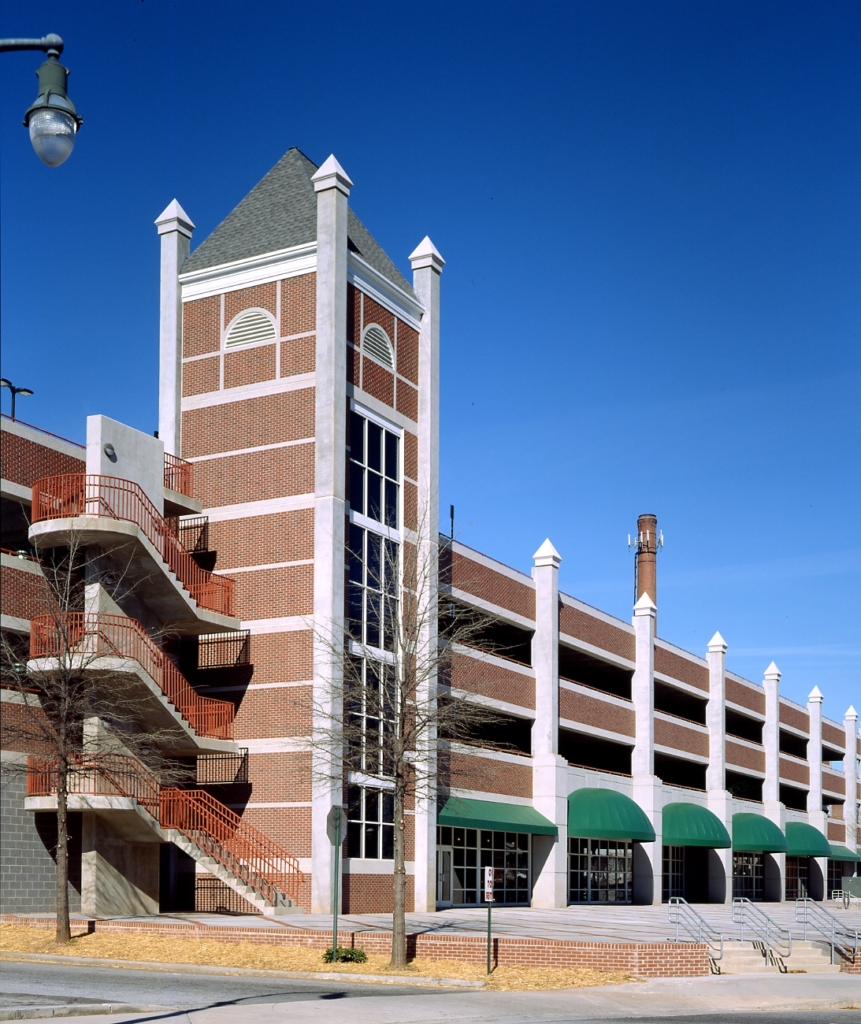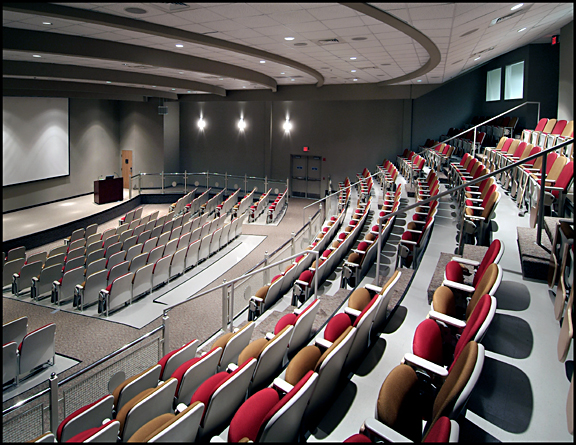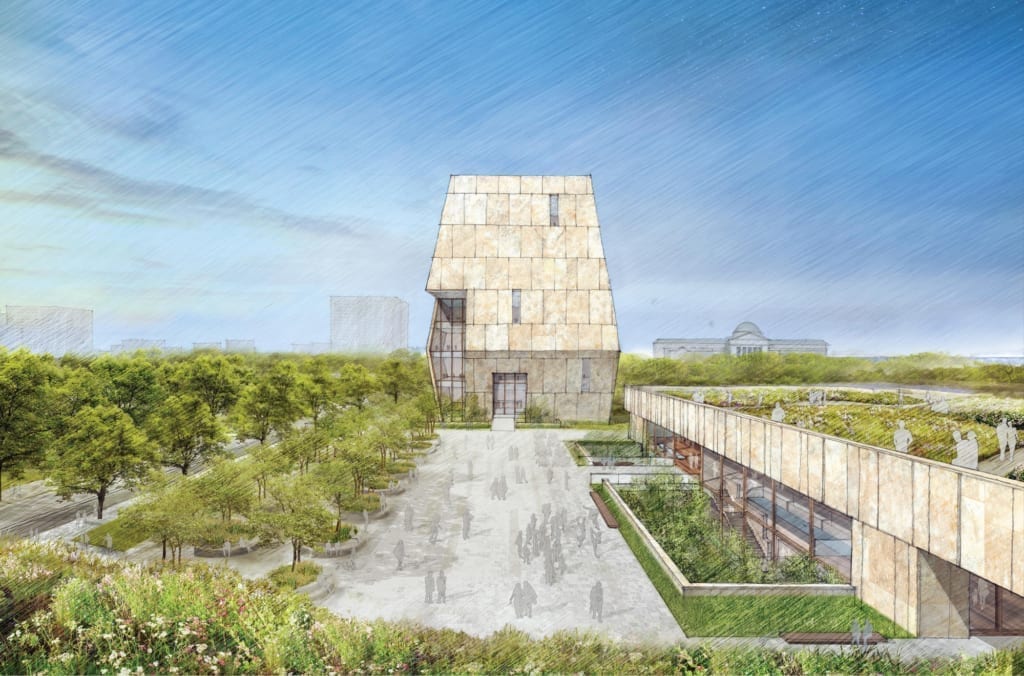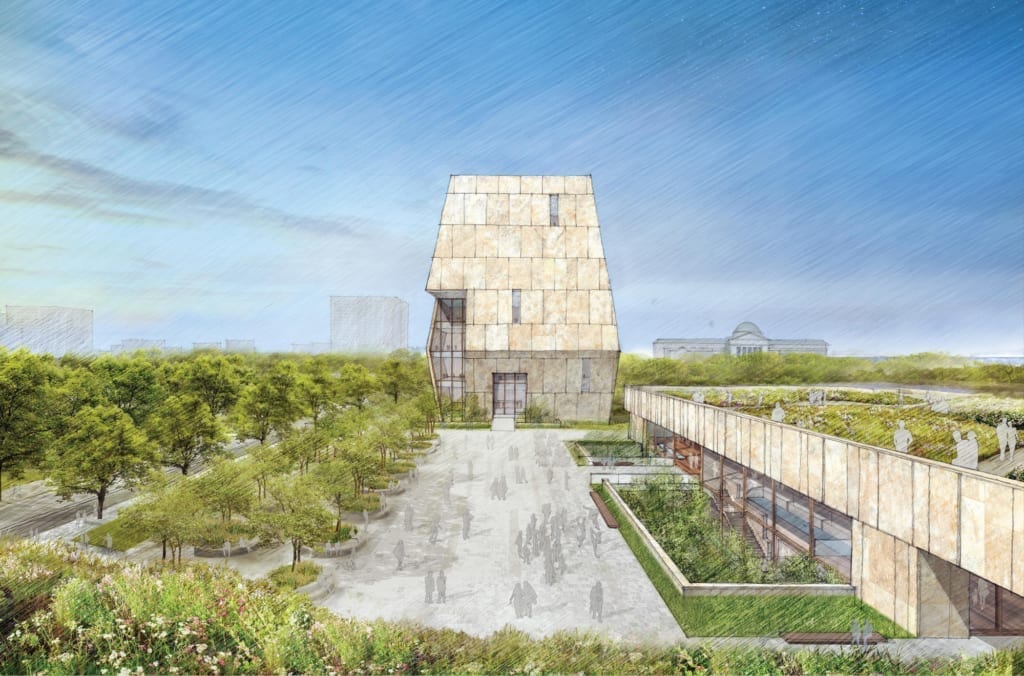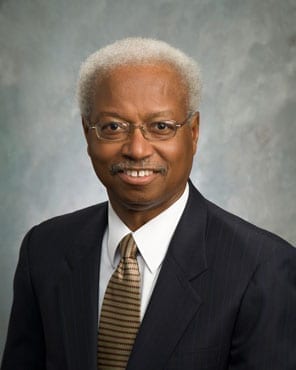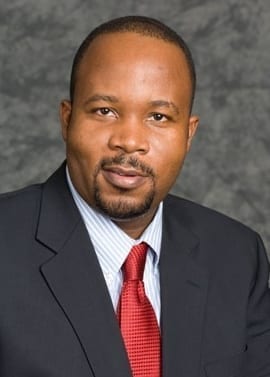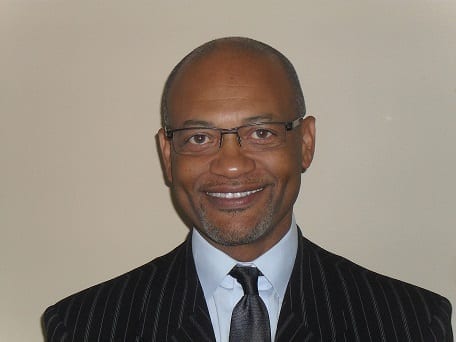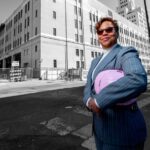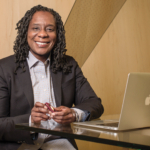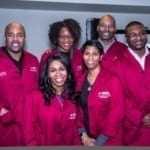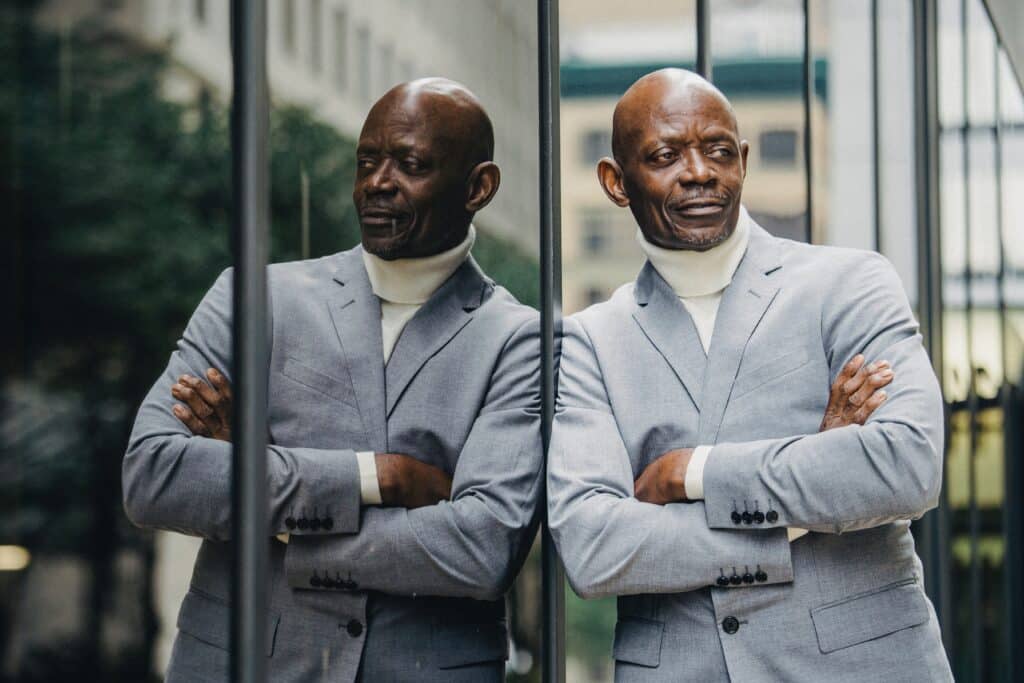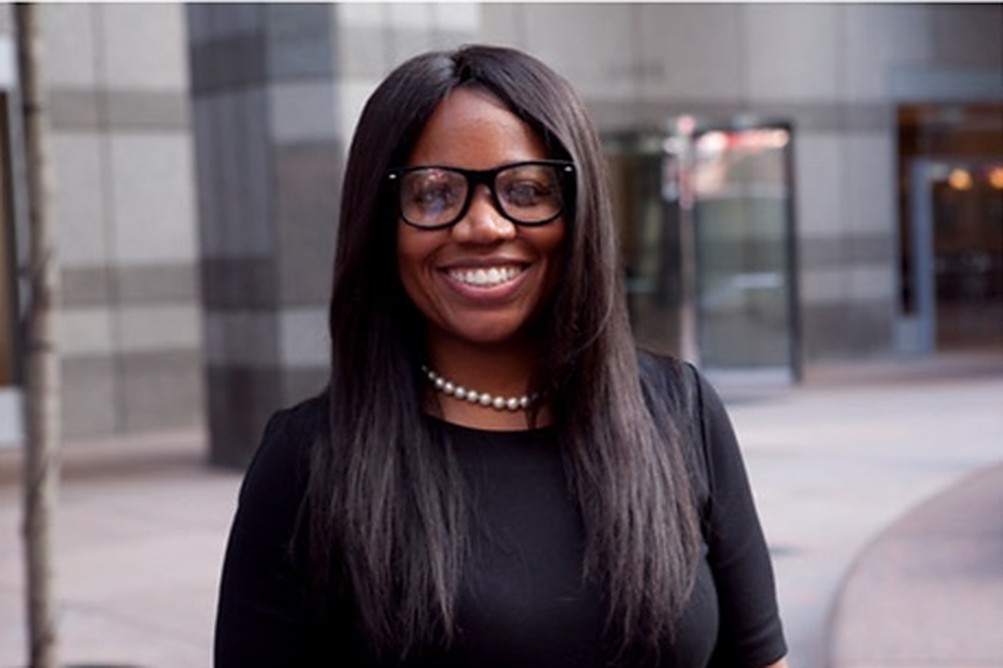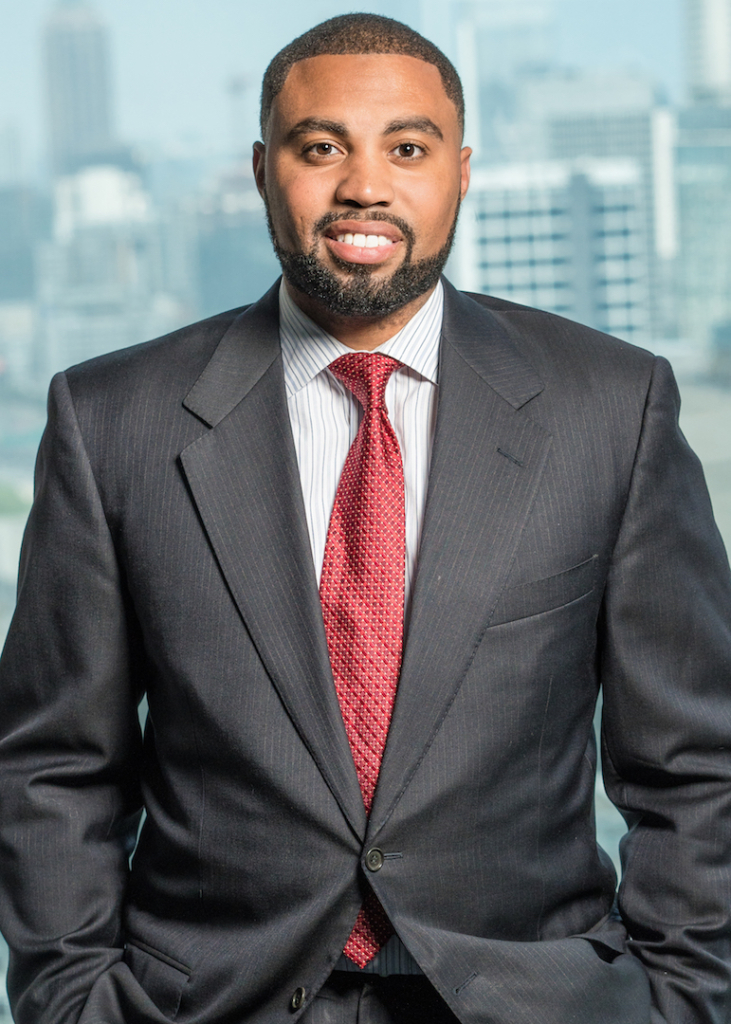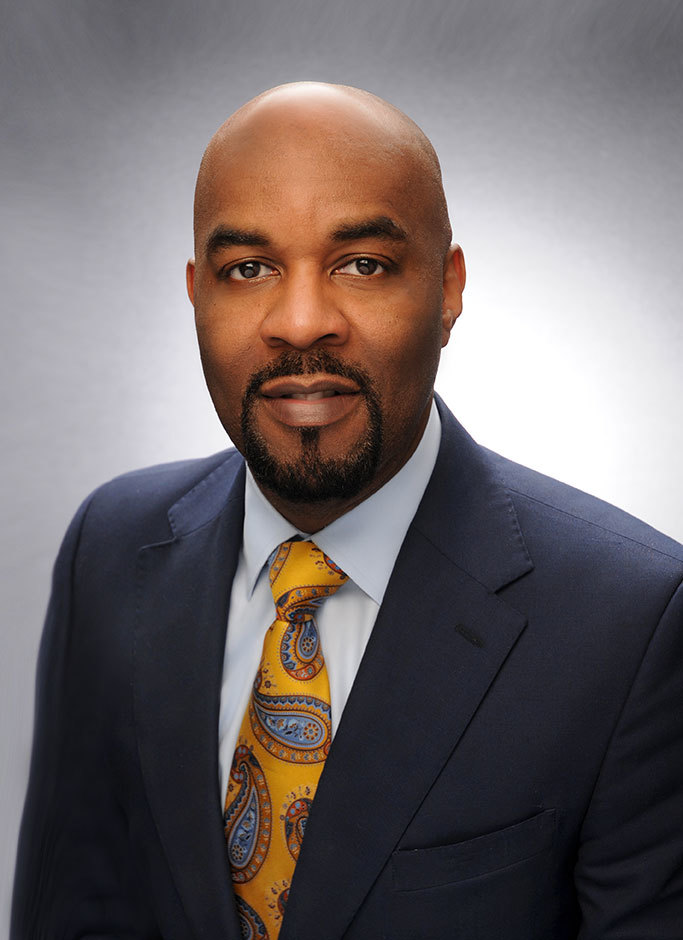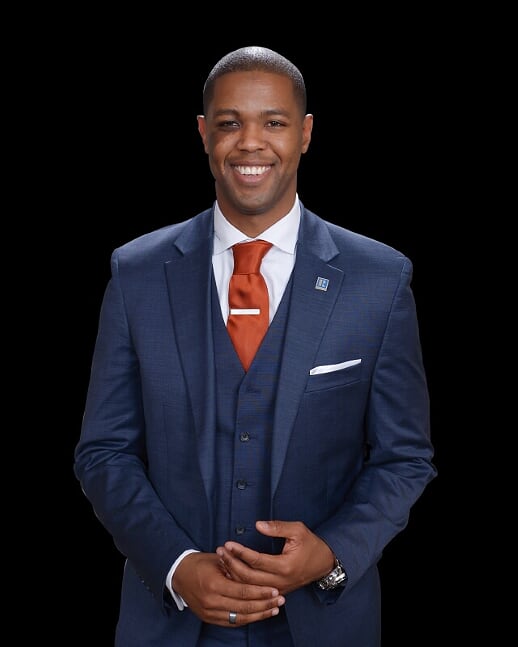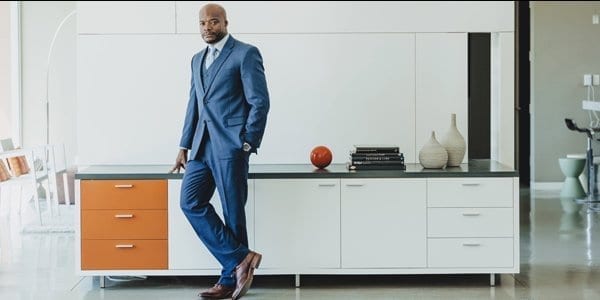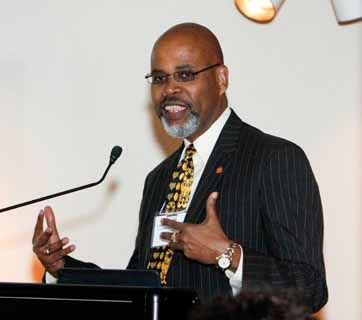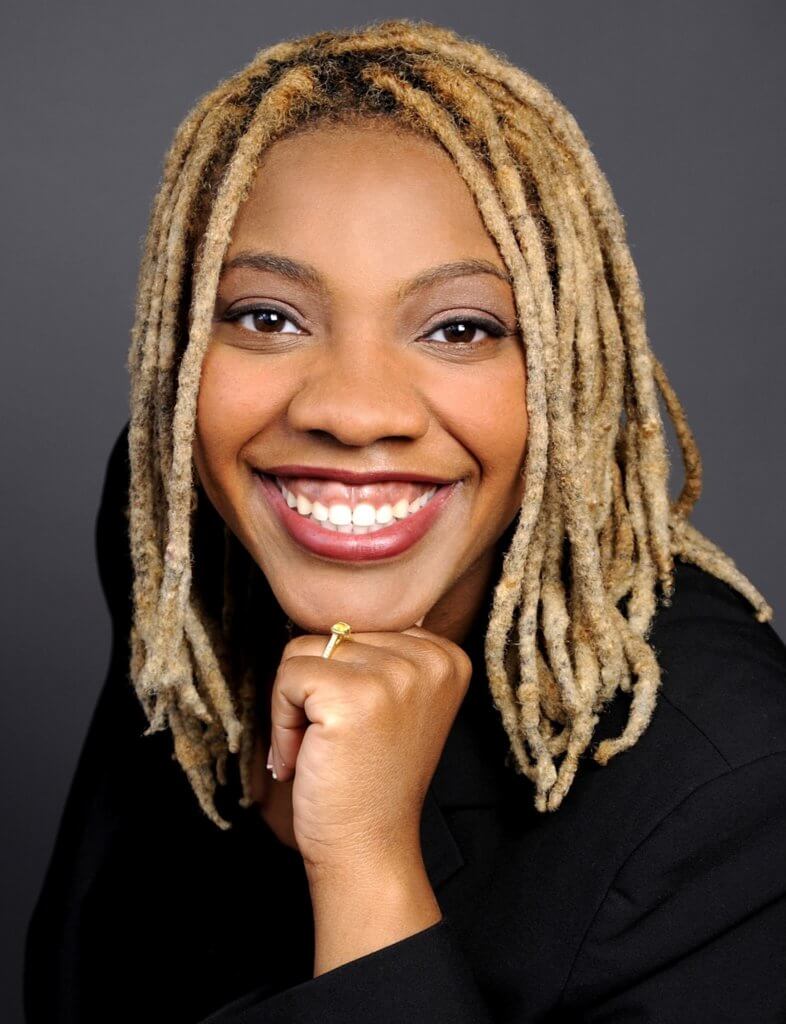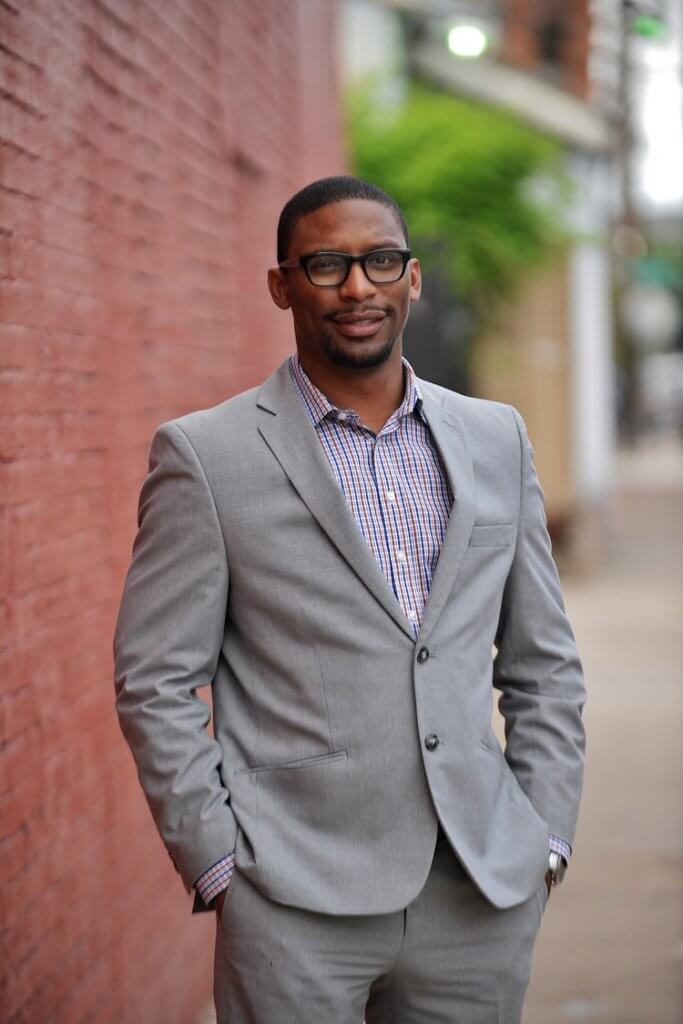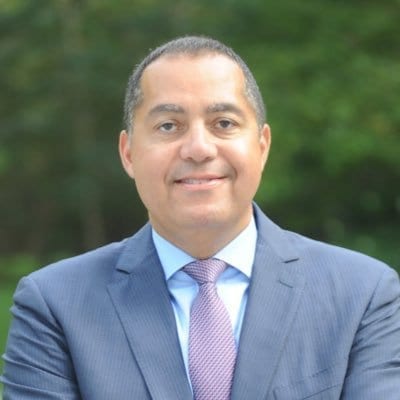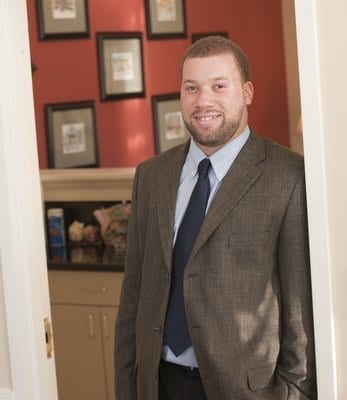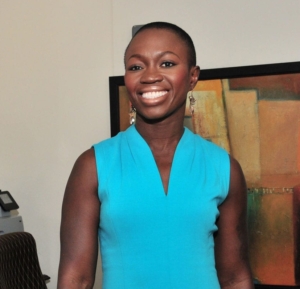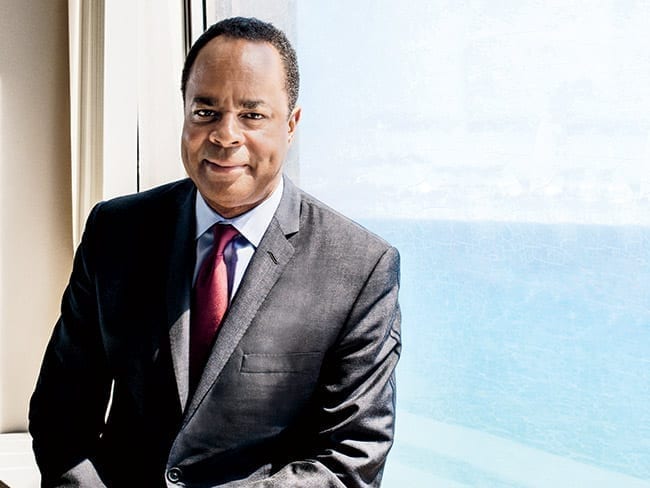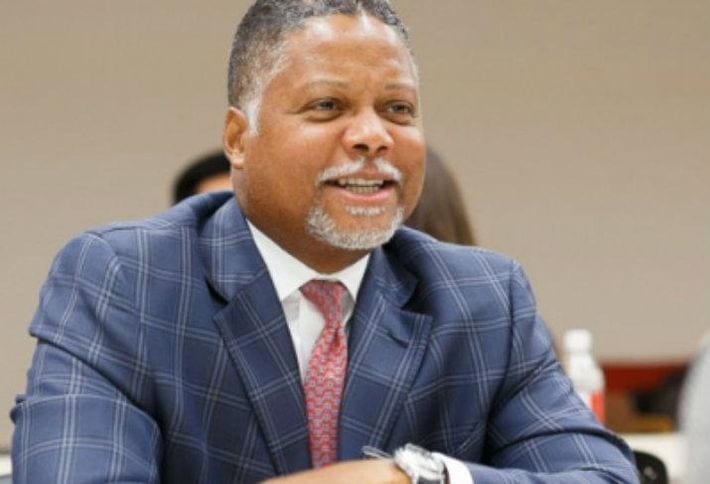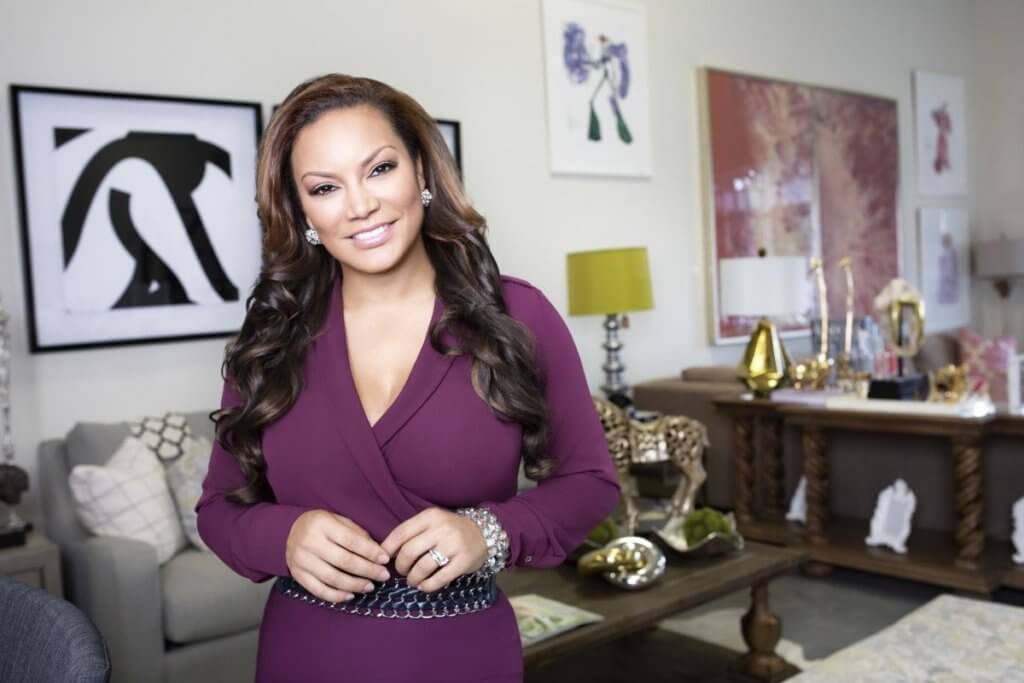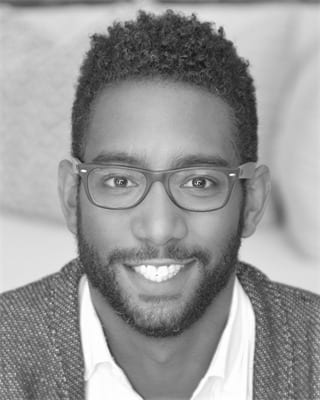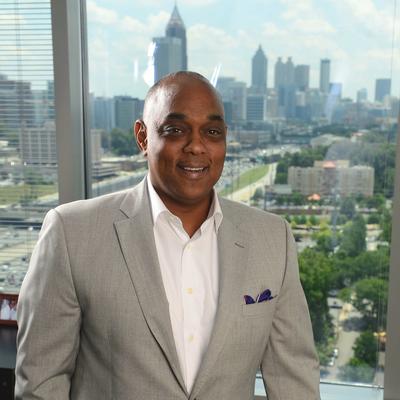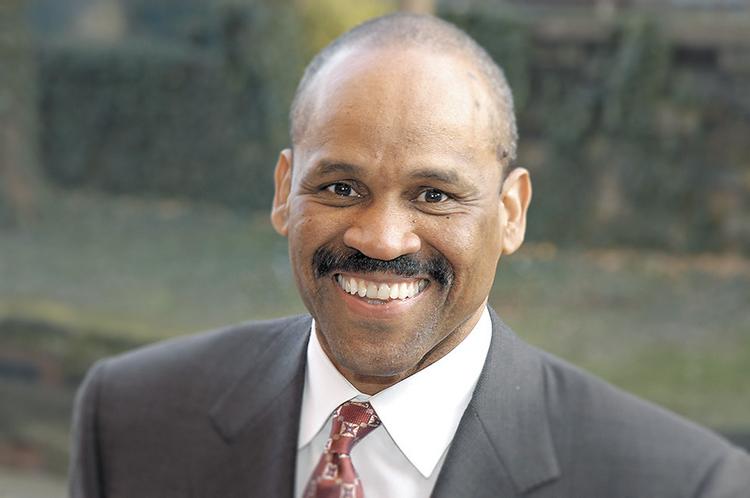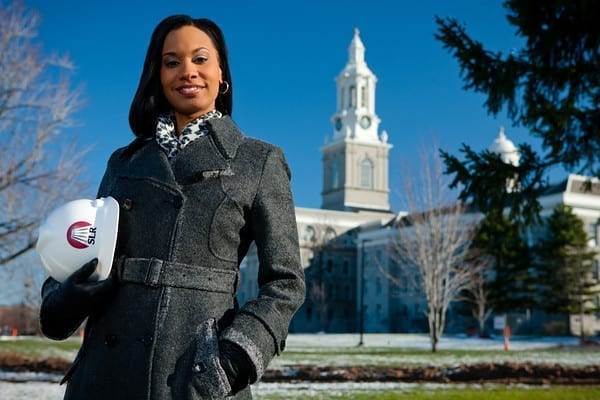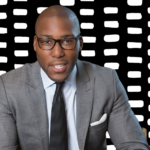Real estate development is a process of improving and enhancing land or property to increase its value and make it suitable for specific use.
This can involve developing new structures, such as commercial or residential buildings, or renovating existing ones. In this article, we’ll cover the basics of real estate development and explore the opportunities available in both the commercial and residential sectors.
Commercial Development
Commercial development involves the construction or renovation of buildings for commercial use, such as office buildings, retail spaces, and hotels. The goal is to create spaces that will be in high demand by businesses and generate a profit for the developer. Opportunities in commercial real estate development include building new retail centers, renovating existing office buildings, and developing hotels in tourist areas.
Residential Development
Residential development involves the construction or renovation of homes and apartments for people to live in. The goal is to create high-quality, attractive homes and apartments that people will want to live in, and to generate a profit for the developer. Opportunities in residential real estate development include building new subdivisions, renovating existing apartment buildings, and developing luxury homes.
Key Considerations
Regardless of the type of real estate development you’re interested in, there are several key considerations to keep in mind:
- Market demand: It’s important to research the demand for the type of property you’re planning to develop. For example, is there a high demand for luxury homes in your area? Are there enough businesses that would be interested in leasing office space in your proposed retail center?
- Location: The location of your development is key to its success. Consider factors such as proximity to transportation, access to amenities, and the local economy.
- Financing: Real estate development can be expensive, so you’ll need to secure financing. This can include loans, investments, and partnerships.
- Zoning and regulations: Before starting a development project, it’s important to research local zoning laws and regulations to ensure that your project is allowed and meets all necessary requirements.
- Building and construction: Construction is a complex process that requires careful planning and management. Make sure you have a team of professionals, including architects, contractors, and engineers, to help ensure that your project is completed on time and within budget.
Real estate development can be a lucrative and exciting field with opportunities in both the commercial and residential sectors. However, it requires careful planning, research, and execution to ensure success. By considering market demand, location, financing, zoning and regulations, and building and construction, real estate developers can create profitable and attractive spaces that meet the needs of businesses and individuals alike.
Whether you’re interested in developing new commercial spaces or creating beautiful homes and apartments, the possibilities in real estate development are endless. With dedication, hard work, and a little bit of creativity, you can turn land into profitable assets and make a positive impact in your community.

